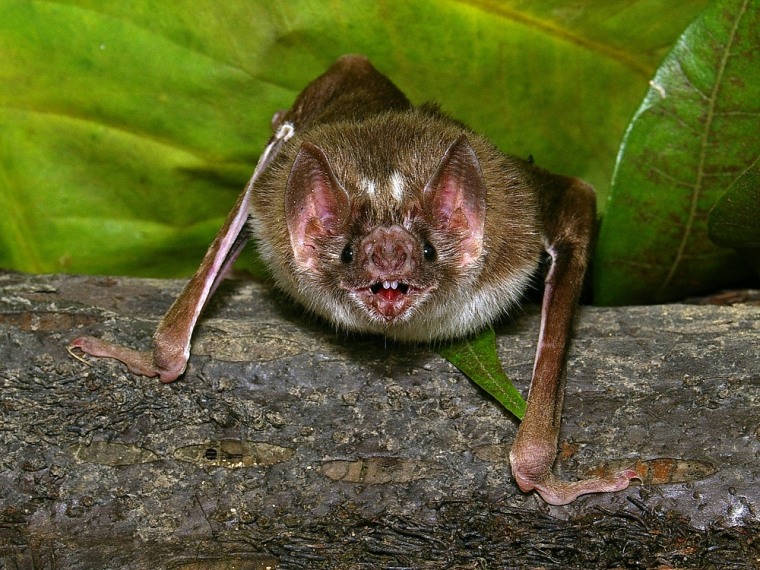The vampire bat wants to suck your blood, but how does he find it? New research shows that the bat uses specialized sensors near its nose that are extremely sensitive to heat.
"What the vampire bat has done is through some specialized genetic machinery, it has changed the structure of it (the heat sensor), so it changes the temperature at which it is activated," study researcher David Julius of the University of California, San Francisco, told LiveScience. "It allows it to pick up the signal of changing body temperatures due to blood flow."
These receptors are very similar to human receptors that sense heat, but also those that sense pain. Figuring out how adaptations to these sensors change their properties in nature can help us treat things such as chronic pain and inflammation.
Bloody heat
The vampire bat feeds off sleeping animals, including birds and mammals (yes, even humans ). To get its blood fix, the bat first needs to find an animal, and then determine if it is sleeping. Previous research showed that these bats have special brain cells that are sensitive to the deep breathing sounds of snoozing animals.
Once they find a sleeping animal, they need to feed on it without waking it. There are no second chances when it comes to feeding off an animal's blood. Their special heat sensors enable them to distinguish between areas of skin that cover vessels full of delicious, hot, wet blood and areas covered in unpalatable hair. They then use their razor-sharp teeth to make a 0.2 inch-by-0.2-inch square divot in the skin and suck out the sleeping animal's blood without waking them.
The bat uses a receptor found in all mammals, which we use to sense heat on our skin and to sense capsaicin, the "heat" factor in chili peppers. The bat's receptor is modified to be able to detect much lower levels of heat, around 86 degrees Fahrenheit from about 8 inches away.
Our heat sensors are tripped at around 110 degrees Fahrenheit and in all but the most extreme cases (say, a burner on a stove) we require physical contact to feel heat from an object.
Adapted receptors
By analyzing the genetics and expression of heat receptors in the noses of fruit and vampire bats, the researchers discovered that the vampire bat's heat receptor on its nose and lips is different than the receptor of the fruit bat. These modified heat receptors are expressed in a special pit on the animals' face, which has lots of connections to the vampire bat's brain.
The vampire bat's receptor is extra sensitive, because of changes to its structure. These changes come from an intermediate step in protein production, not at the level of a genetic change (like a mutation), which lets the bats still express the receptor normally in the rest of their bodies.
Most animals sense heat in very similar ways: Their receptors detect higher temperatures mostly through touch. Extra-sensitive heat receptors such as the bats' have only been discovered in a few types of snakes before, never in a mammal. It's likely that other vampire bats also use similar sensory organs to "see" blood, though that hasn't been studied.
The study was published Wednesday in Nature.
You can follow LiveScience staff writer Jennifer Welsh on Twitter @. Follow LiveScience for the latest in science news and discoveries on Twitter and on .
